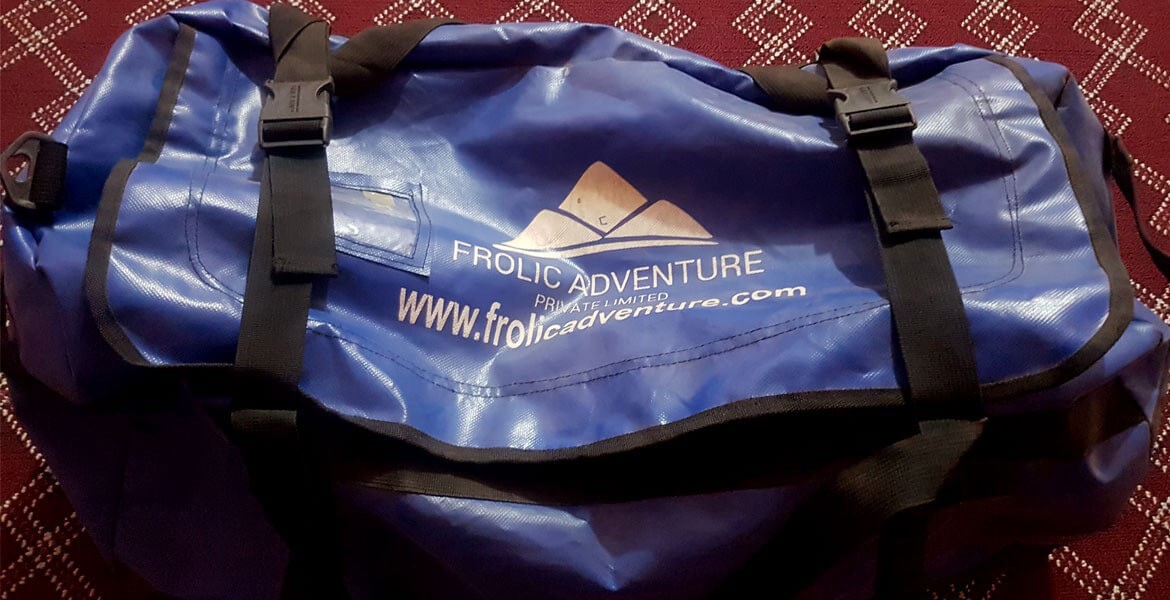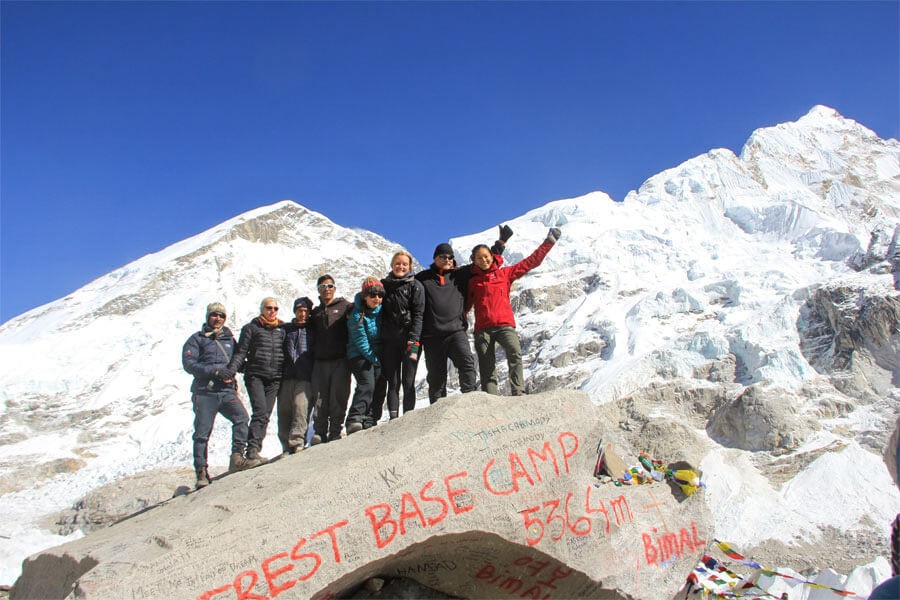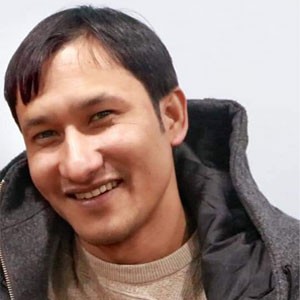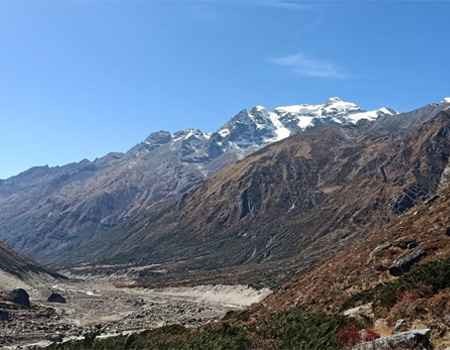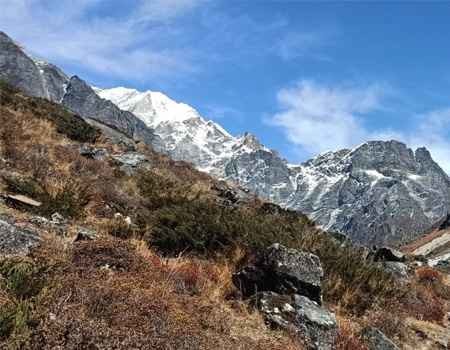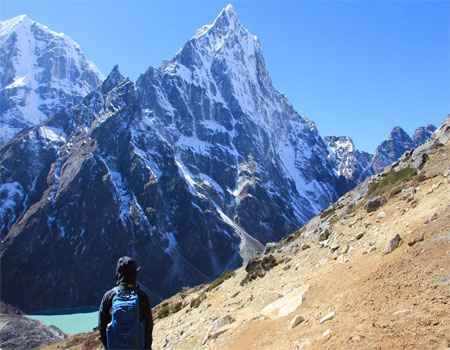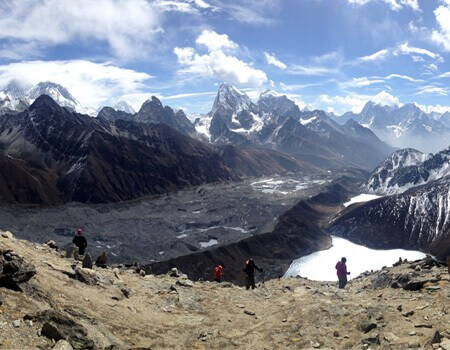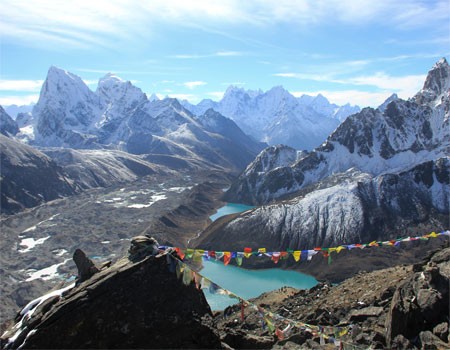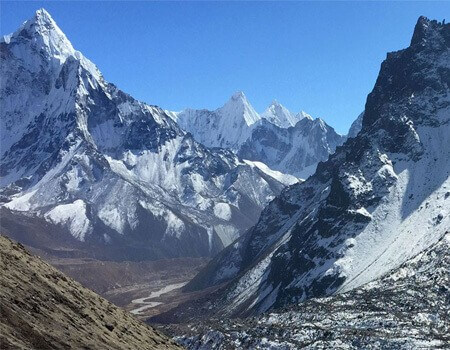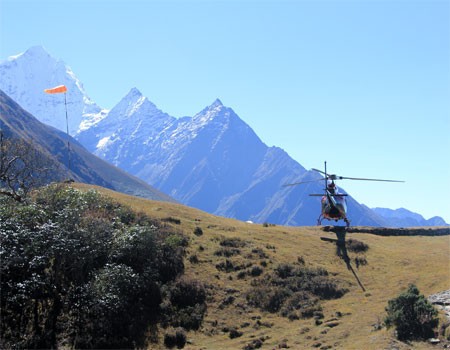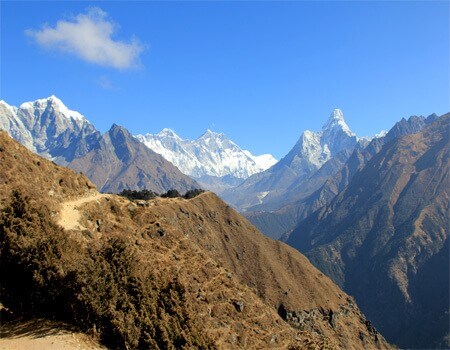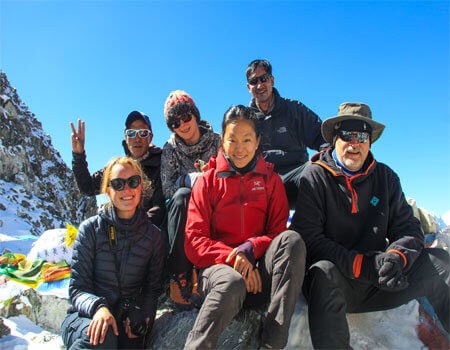Are you planning a Trek to the Everest Base Camp? Yes, you are choosing the perfect destination for a Himalayan trip. Trek to the Everest Base Camp will be cold. So, you need to have nice warm trekking equipment and other regular hiking gear. What should you pack for the Everest Base Camp Trek? What is the Packing List for the Everest Base Camp Trek? So, check the Gear List below in detail, which helps you pack the necessary Trek Equipment Lists.
Buying vs. Renting for Everest Base Camp Gear
If you are staying in a cold region or traveling often, buying good-quality gear that you can use for a few years is better. You may also rent some of the equipment below in Kathmandu or Namche Bazaar. But it would be best to note that you might hire low-quality gear that may not be standard for the cold temperatures you will face at the Base Camp and the Kalapatthar.
Trek These with the same gear
- Everest Base Camp Trek
- Gokyo Lakes Trek
- Everest View Trek
Packing List to the Everest Base Camp
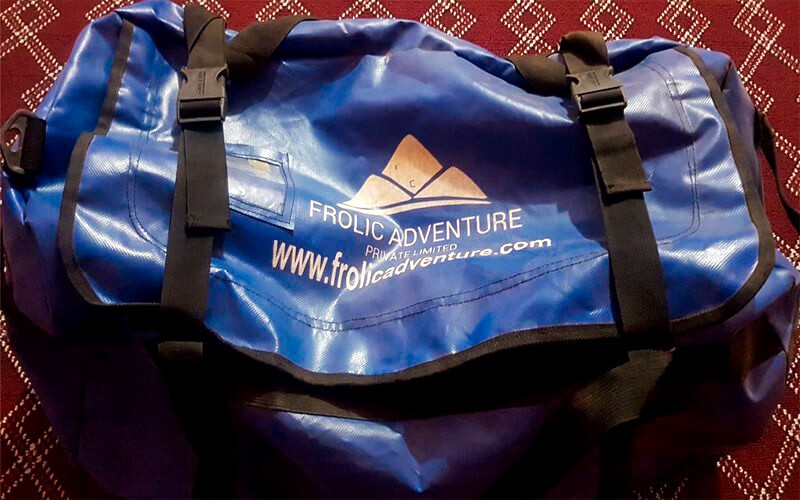
Main bag for trekking gear packing
The primary matter is the Layer to wear, at different times from morning to evening, and what materials to wear. The weather can dramatically change in the mountains while you ascend or descend, so having a layer on or off is essential. You Trek from 2856m (Luka) to the Kalapatthar (5550m). You will notice the changing temperature from lower to higher elevations.
The other factor is the season in which layers are worn. The two peak seasons, autumn (September to December) and spring (March to May), are typically good weather for trekking to the Everest Base Camp. You may have to face the rain, hail, and snow somehow. Compared to the autumn, the spring is warmer for Trekking to the Everest Base Camp. We highly recommend not thinking of traveling here during the monsoon (June-August).
If you want more information about the best time for the Everest Base Camp, click on this link.
After some information, here are the lists with details of what you should pack before you depart for Everest Base Camp.
Body Wear
Breathable Underwear
You will trek for about 4-7 hours daily, so be sure you have comfortable, breathable underwear. A 4-6X pair of breathable underwear is highly recommended to aid the wicking process, and 2 X sports bars are also recommended for the ladies.
Thermal Layer
The first Layer of clothing is the Base Layer. This Layer is compulsory at a higher elevation with a freezing temperature. You don't have to wear this Layer during the beginning and end of your Trek or during the later months of the spring season.
Trekking Shirts
You must pack 5-6 Trekking shirts that you usually wear. Pack some light and quick dryers, avoiding cotton. Fabric, breathable shirts are highly recommended—short-sleeved shirts for the lower altitude and long-sleeved shirts for the higher altitude.
Fleece Jacket
A Fleece Jacket keeps you warm but doesn't block the wind. It is highly recommended that you wear it as the second Layer and pack it with your Packing List. Wearing it under the Feather Jacket is very useful.
Feather Jacket (Down jacket)
A Down Jacket is helpful for the evening while sitting in the lodge and for an early morning hike. While you trek during the day, it is not in use, but if the weather is cloudy and windy with no sun, you need to wear it, which keeps you warm and safe from the cold. According to the service, we provide our Down Jacket or help you buy or hire it in Kathmandu.
Hiking Trousers and Shorts
We recommend 1 X pair of long Trousers for higher elevations and 1 X pair of shorts for lower elevations. Many are branded and copied by the branded. All of them are nice to wear and light in weight.
Waterproof Jacket and Trousers
Rain is possible in the mountains, especially if you trek from June to September. We don't recommend Trekking during these months to the Everest Base Camp, but there may be rain during the high Trekking seasons, too, so pack a waterproof Jacket and trousers with your gear list. You can wear them as windproof in cold places as you go to higher elevations.
Head Wear
Sun Hat
The Sun Hat is highly recommended to protect your face and head from heat and ultraviolet rays. Try to pack a cap that is light in weight and has a cover for the neck.
Woollen Hat
A woolen hat is one of the most important things you can take to keep your ears and head warm while you stay in the lodge, hike in the morning, and Trek with the wind. If your ears and head are cold, you may have a headache, so take a woolen hat to be safe.
Buff
A buff is handy to protect your neck from the cold and block the dust while breathing while hiking most days to the Everest Base Camp. During the high season, many trekkers make dusty trails, and the Yaks make dust on your path.
Gloves
Fingers should be warm in the cold area, so the gloves help keep your fingers warm. We suggest having two types of gloves, thinner and windproof gloves.
Inner Gloves
Warm and thin inner gloves are helpful for moderate cold and can be worn inside the more giant windproof gloves in cold places.
Outer Windproof Gloves
Outer Windproof Gloves are helpful for the Trek in the early morning, without the sun, and for the Base Camp. When you hike to the Kalapatthar, it is compulsory to wear because the top of the Kalapatthar is windy and freezing.
Footwear
Hiking Boots
We recommend having nice-quality Trekking Boots for the Trek. If you have fake-brand boots, you won't find the shoemakers in most places, and you'll have a problem during your tour. Find the shoes that fit your size. They should be middle to lightweight and offer good ankle support.
Sports shoes/Sandals
While you stay at the lodges in higher elevations, the temperature will be cold, so sports shoes are recommended to avoid cold feet. Sandals are helpful for lower elevations after taking off your Hiking Boots, and when you use showers.
Trekking socks
Some pairs of breathable Trekking Socks are essential for this Trek. We request not to have the cotton one. They should be long and warm, and we suggest wearing Fresh Socks in cold places. If you use the Socks you used the previous day, they should have sweat that will freeze from the cold. If you reuse them, your toes should be freezing.
Fingers and Toes Warmer
Finger and Toe warmers are most important from November to February because the Base Camp, especially the Kalapatthar, is cold during these months. Also, early morning Treks at higher elevations are helpful. These are not compulsory in the other months.
Bags and Backpacks
If you are going on an organized Trek with a porter, we recommend an 80-90L duffel bag and a small daypack to carry your valuables, changing clothes, snacks, and rain covers. For trekkers who are going it alone or only have a guide (no porter), bring a 50-65L Rucksack with you.
Duffel Bag
A porter carries the duffel bag, which should be waterproof and in good condition. We provide a Duffel Bag for each client who returns after the Trek according to the service type.
Rucksack
If you are not on an organized Trek to the Everest Base Camp, we suggest bringing a 50-65L backpack with an opening on the top.
Daypack
If you are on an organized Trek with a porter to carry your Duffel Bag, you still need a Small Daypack to have your valuables, water, camera, snacks for the day, rain gear, changing clothes, and other personal items. After departing from one lodge to another, you won't meet the porter, so you must carry whatever you need for the day in this Daypack.
Rain Cover
As we already mentioned, a waterproof jacket and trousers are recommended for protection from the rain, or you can take a poncho. You also need a big plastic bag inside your Daypack; your things will be dry even if it rains, and a cover for your Daypack is also required.
Sleeping Gear
Sleeping Bag
Having a nice, warm sleep during your Trek would be best. If you cannot sleep well, you may be tired, and walking will be challenging, so you need a nice sleeping bag. If you trek in the spring or September and October, you can sleep with a - 10-degree Sleeping Bag, but in winter, you need a -20 or above Sleeping Bag. The tea houses provide a blanket, but sometimes it may not be clean or warm enough. We provide our sleeping bags for the Everest Base Camp Trek or help hire and buy them in Kathmandu according to the type of service.
Ear Plugs
You can easily hear the sounds of others sleeping in your next room if people are snoring, disturbing your sleep. In this case, earplugs help you sleep soundly.
Trekking Poles
Trekking poles are recommended for most trekkers. Even if you don't use them, it is better to have them with you. You may have pain in your muscle and knees, or the trail should be slippery with mud and ice; it is beneficial in these cases.
Sunglass
UV protection sunglasses are compulsory. After the sun on the mountains, the snow will be so bright, and if snow is on your trail, the sunglasses will be your best friend to walk. Another factor is that you trek through the windy valley some days, and blocking the dust from your eyes is also very important.
Head Torch
There is no electricity after Tengboche, and using solar. Sometimes the solar won't have enough power for the whole night; the head torch is the most important thing for the Everest Base Camp Trek. Hiking to the Kalapatthar for the sunrise view of the mountains has to start early before the daylight, so you need to use a headlamp.
Sun lotion, Lip Balm, Moisturizing cream, First-Aid Kit with altitude tablets (Diamox), Baby Wipes, Quick Drier and light towel, Multi shocked power charger, extra camera batteries, power bank, book, and other daily use.
Everest Adventure Treks:
- Everest High Passes Trek
- Cho la Pass Trek
- Renjo La Pass Trek
Note: When you fly to Lukla, you can carry a maximum of 15 kg, including your hand luggage. Don't think about paying extra money for the overweight. Sometimes, you will be in Lukla, and your bag may be in Kathmandu.
